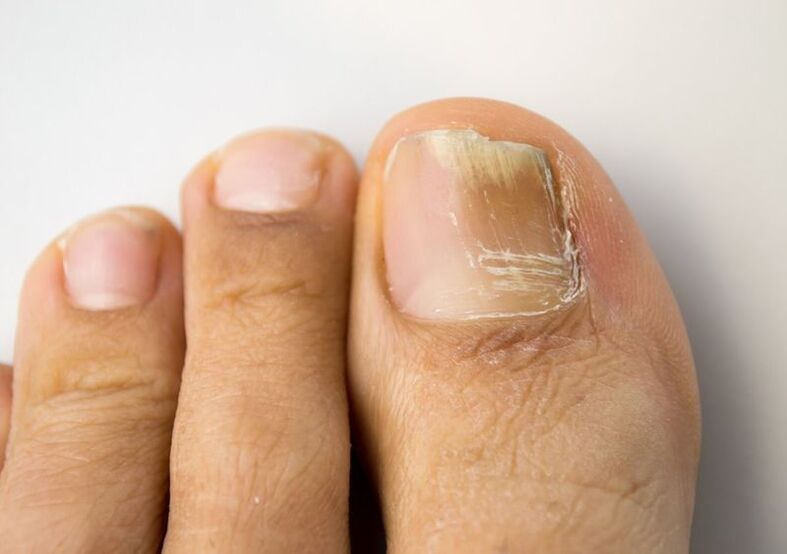
Why is onychomycosis so difficult to treat?
In most cases, onychomycosis is accompanied by a fungal infection of the feet. And once a person heals their nails, the fungus can re-enter the nail bed from the skin of the feet.
Classic treatments for onychomycosis
What will nails look like after fungal treatment?
- become smooth;
- The color changes to pink or red and the color is uniform;
- Get normal thickness.
If, despite treatment, the color, thickness or smoothness of the nail changes after 2-3 months, treatment must be reconsidered.
How long does it take for the entire nail to become healthy?
- Age: The younger the person, the greater the speed;
- Nutritional properties: Insufficient intake of vitamins and trace elements, reduced nail growth rate;
- Ambient temperature: Nails grow faster in warm climates;
- Frequency of nail injuries: They can slow down the growth of the nail plate;
- Hormonal status: for example, during pregnancy, the growth rate of plates increases;
- Presence of common chronic diseases: they slow down nail growth;
- Taking drugs that affect the rate at which cells divide.























